Svante Malmgren Henric Nyström | 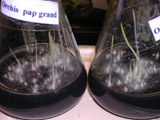 |  |  |
Svante Malmgren Henric Nyström |  |  |  |
| Orkideförökning för vetenskap, naturvård och trädgård |
|---|
|
|
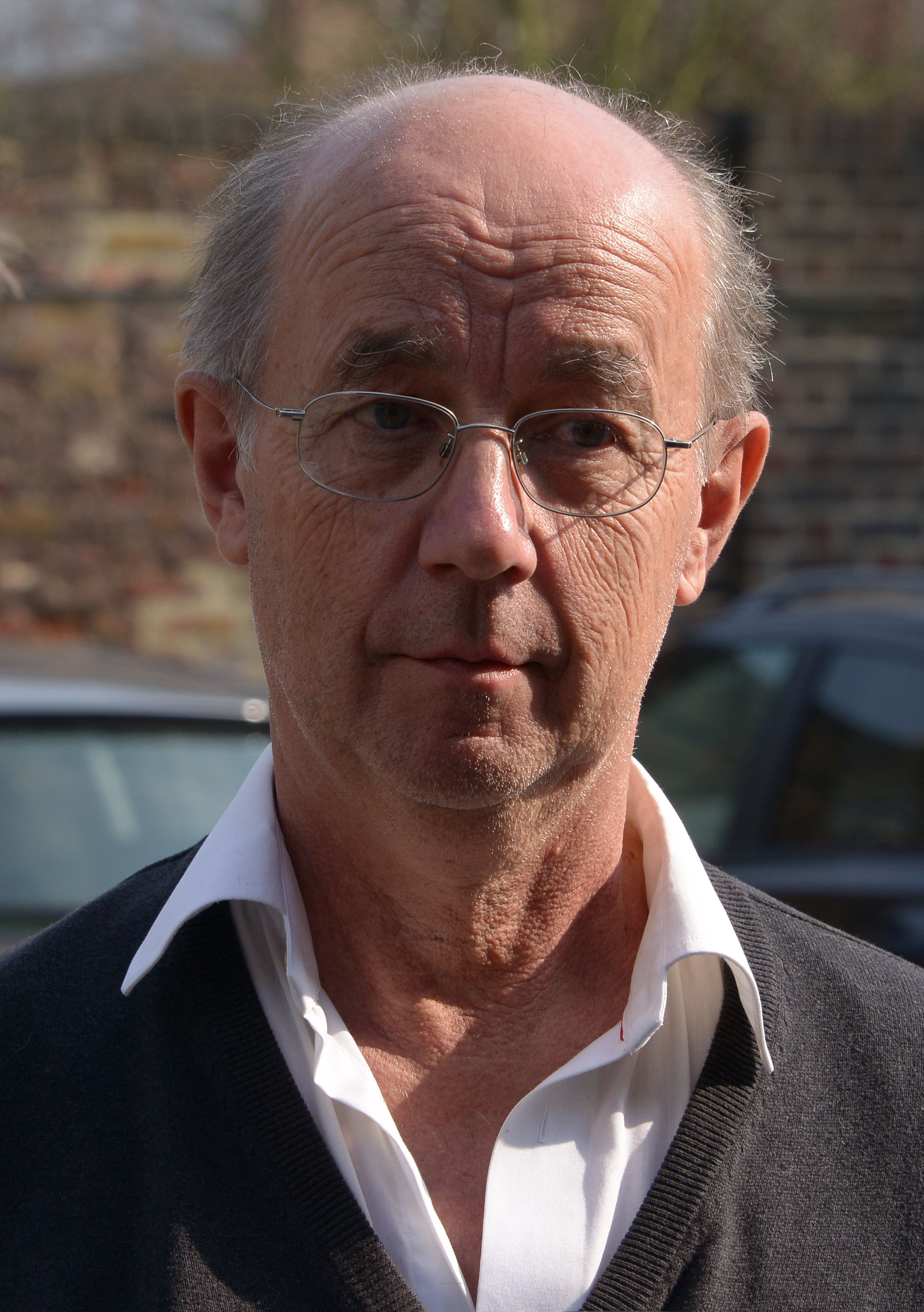 Svante Malmgren |
|
Svenska De engelska och tyska versionerna är än så länge betydligt modernare och mer detaljerad än den svenska. Endast sidorna om Cypripedium är lika! |
| 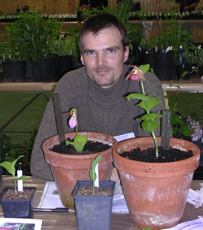 Henric Nyström |
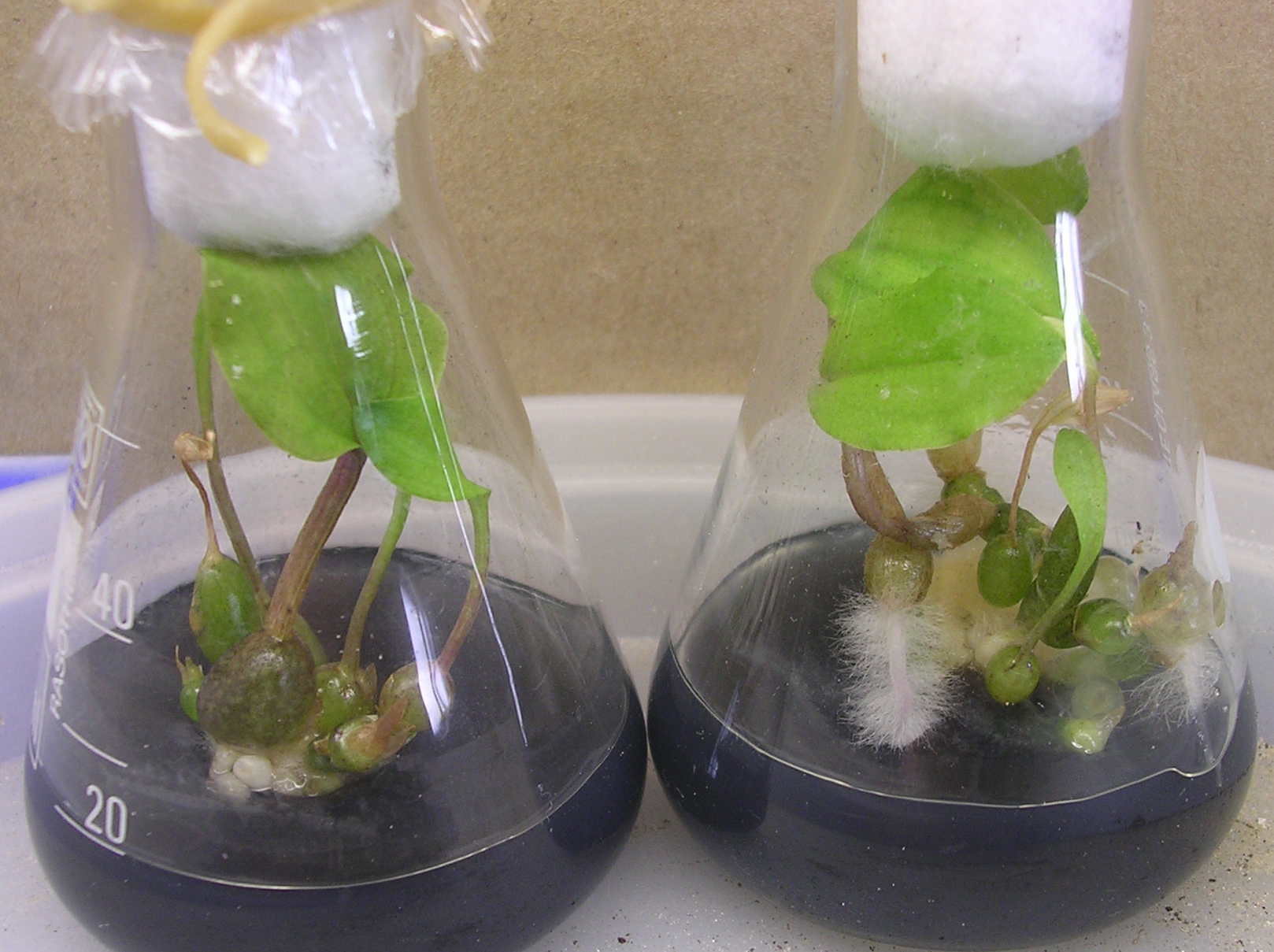
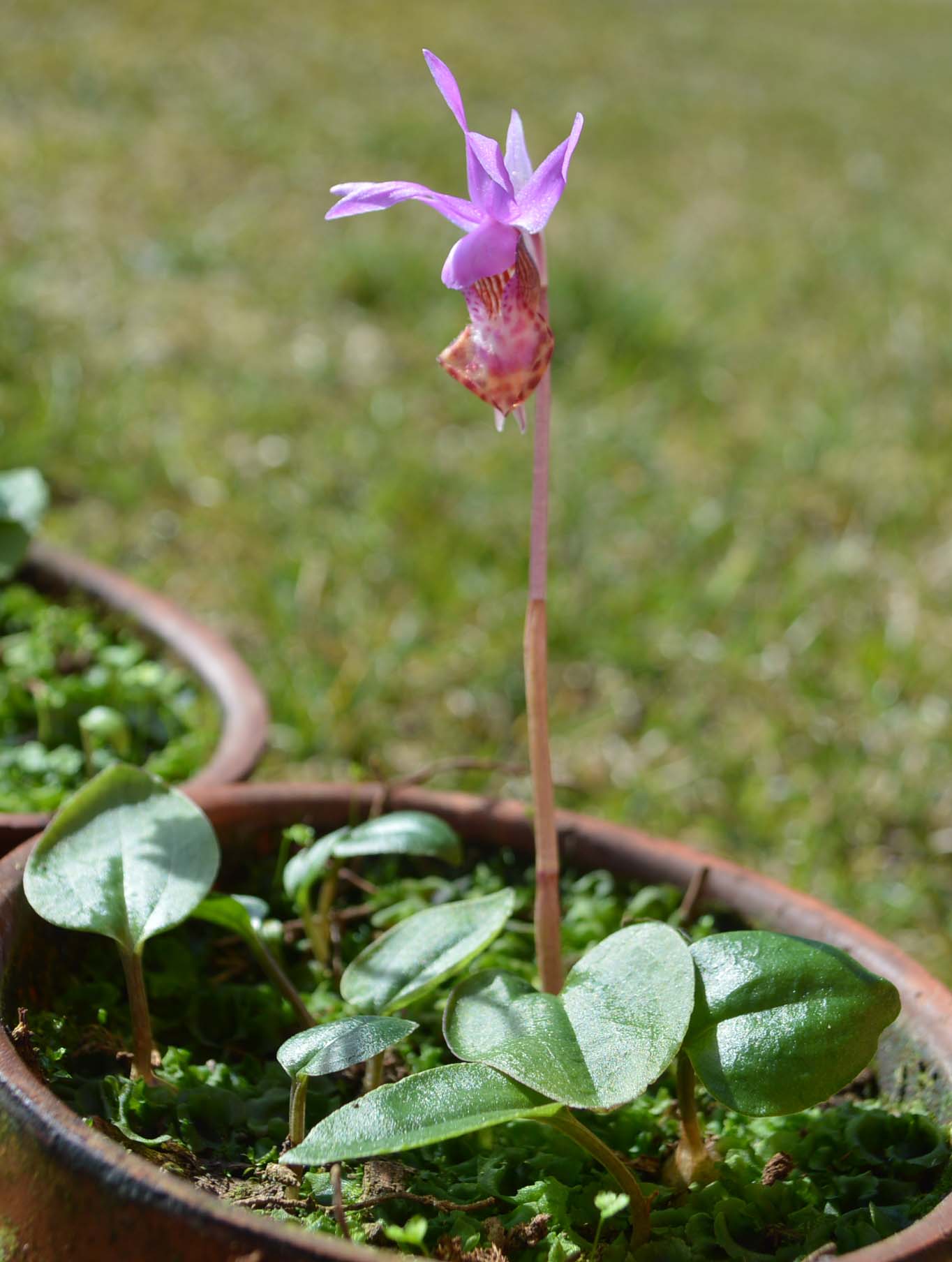
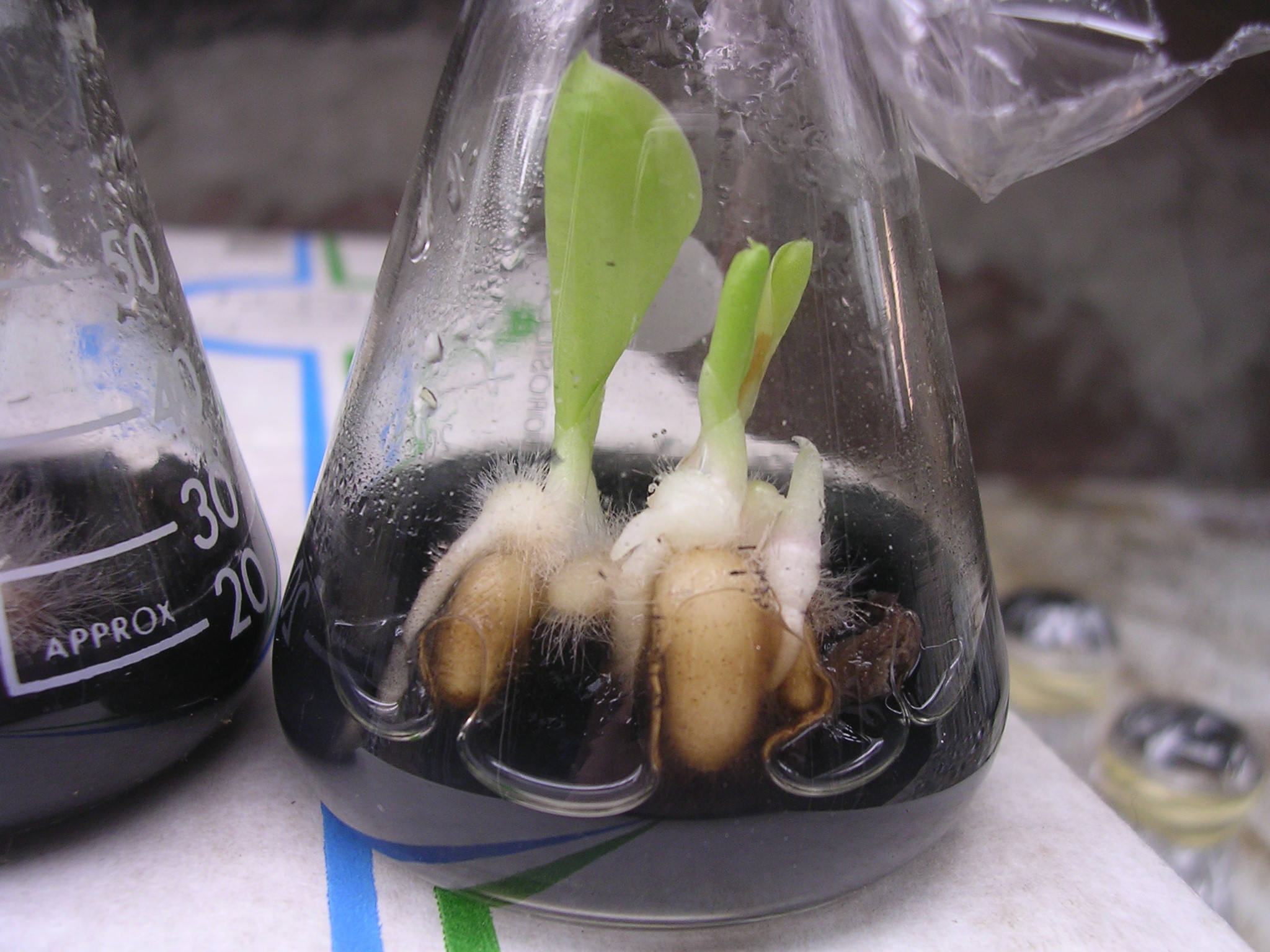
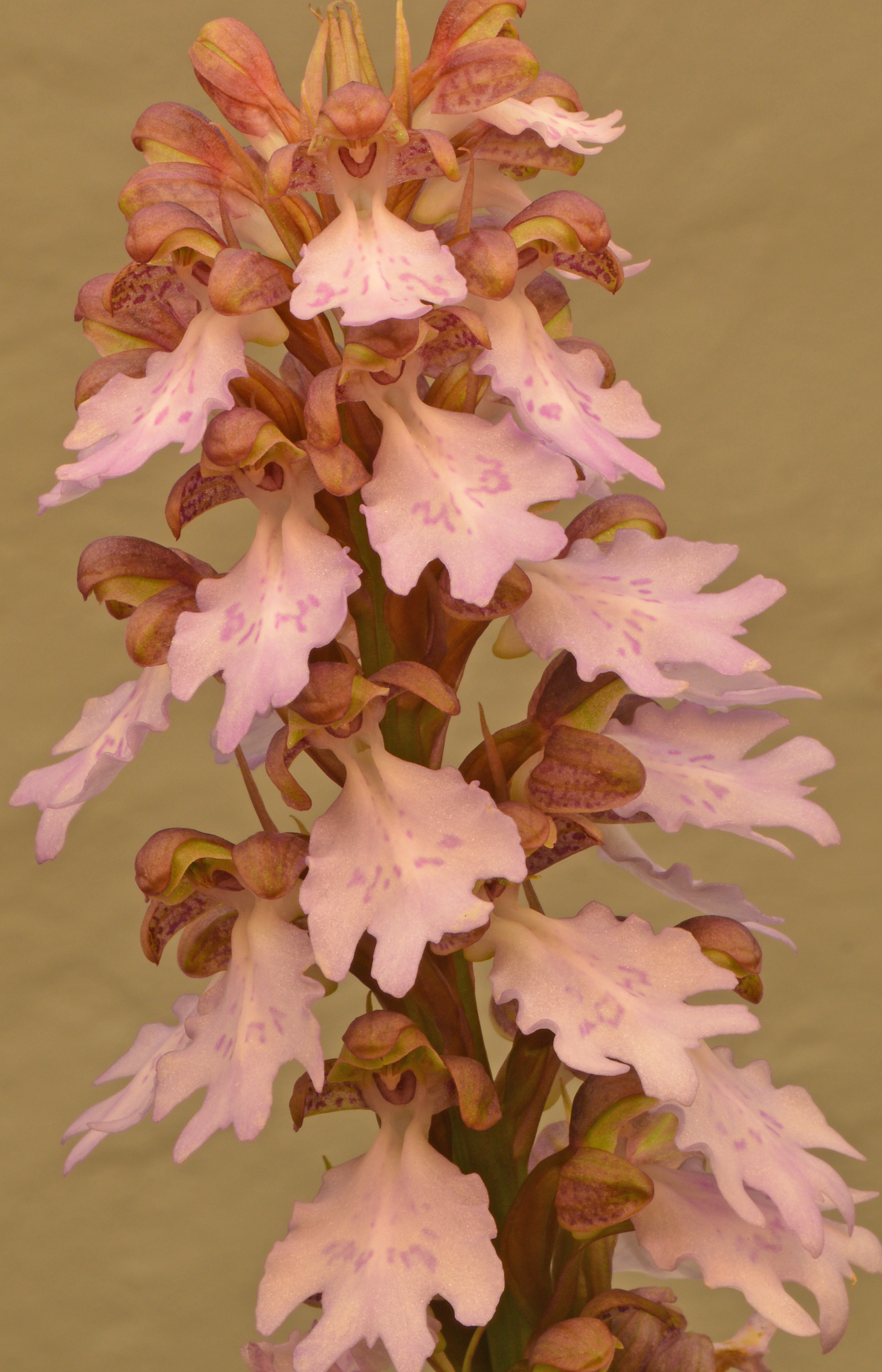
| Please take a look at the new book from
Svante Malmgren and Irimin Vogler. The German version was published in November 2019, the English version is in print, will be on the market in spring 2020. |
Orchid Conservation/Naturschutz |
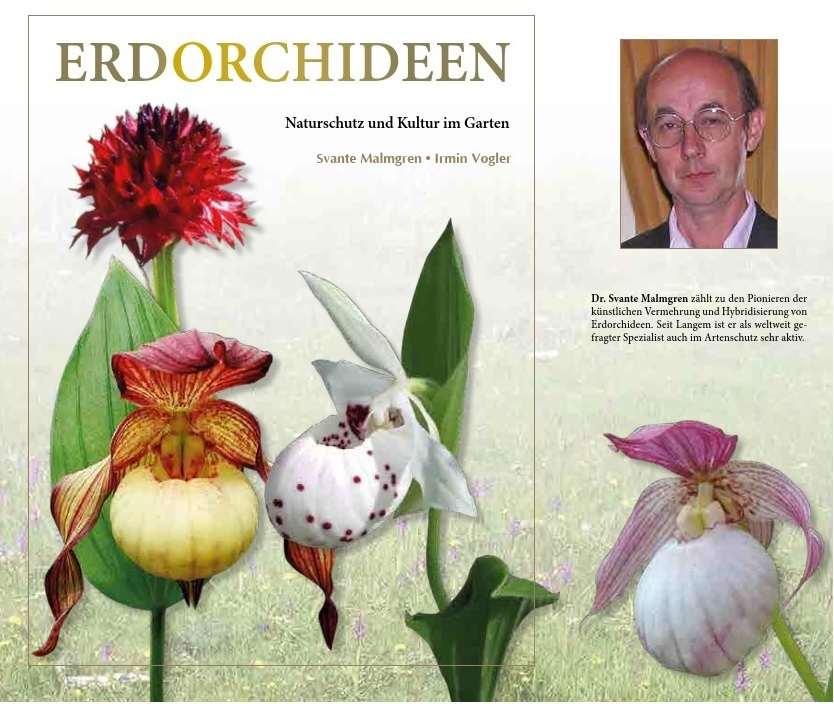 |
Since a few
years we are no longer selling orchids. We are concentrating the
propagation work for two purposes. 1: Scientific projects 2: Working in conservation projects. Since some decades, conservation projects are going on in many coutries with different kinds of animals; mammals, birds, frogs, fish etc etc. In some cases these are small, local projects, in some cases large, well funded projects over a long period of time. In some cases the work mainly is saving, restoring and caring for certain biotopes which might be enough for certain species to return and/or increase significantly in number. In other cases, propagation ( breeding) is neccessary to save or reintroduce threatened or even locally extinct species. Not least in Europe, many projects have been very successful, all the way from the European Bison to rare birds and frogs. Now the time has come for similar projects with rare plants. For many years there has been – and partly still is –a strong resistance among some scientists and botanist against this kind of ”interference” with ”natural” courses, even if these massive losses of plants and species mostly are caused by human activities, not least in modern agriculture. Many botanists seem to have the opinion that nature is their own domain to study, and we should not interfer. In many cases scientific merits are much bigger in describing the decline and loss of rare species, than to do something to prevent this. The most bad thing you could do, is to reintroduce rare or lost species locally. 99,9% of all ornitologists are happy amateurs, just happy to see the return of the eagels, the peregrin falcon, the stork and lots of other rare birds, However, many botanists/scientists have their academic merits, and thus their living, based on scientific work on…the ”untouched” nature and the ethics of interfering or not interfering is based on this. However, since 10 years or so, we can see more and more conservation projects with wild plants. In some cases just small, local – but often very successful – projects, in other cases large projects with thousends of reintroduced plants. In 2018, 3 000 plants – raised from seed of local plants - of Cypripedium calceolus were reintroduced in Switzerland in locations where they had been lost or strongly were threatened. Methods for propagation and for reintroduction, as well as how to care for a certain biotope, are becoming more well-known in more and more countries. In the book is described in details, not only propagation methods, but a very long chapter about conservation projects in many European countries. Well, there are other rare plants than orchids, but they have a both symbolic and practical value. First, many orchids are very dependent of living in certain biotopes ( a dry meadow or a march or bogs etc) and if orchids are growing well, you have managed to created or restore or save a biotope, suitable also for many other plants, insects, and other animals. Secondly, orchids do have a symbolic value for the beauty and mysticism of nature. A large number of orchid plants, raised by us the last 10-15 years, have been used in conservation projects in many European countries, and it is our hope that this will inspire more people to work with similar projects. Propagation can be done at home with the kitchen as the lab, and lots of work can successfully be done in the field with caring for the biotopes if you prefer the more macro-level of conservation work. Both parts are needed and people will be happy for the cooperation when seeing the result. |
|
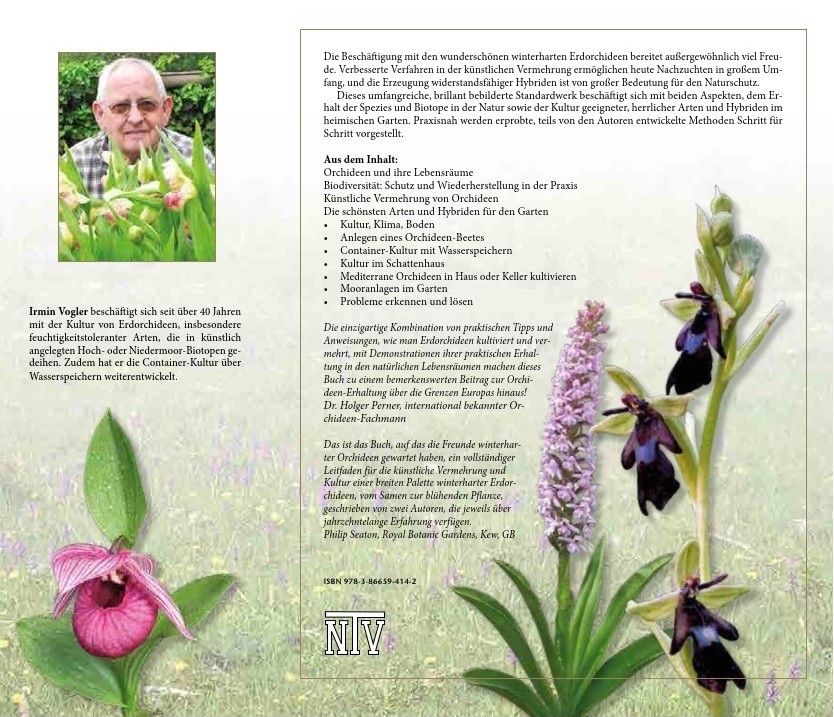 |
||